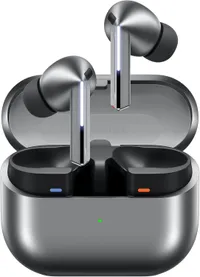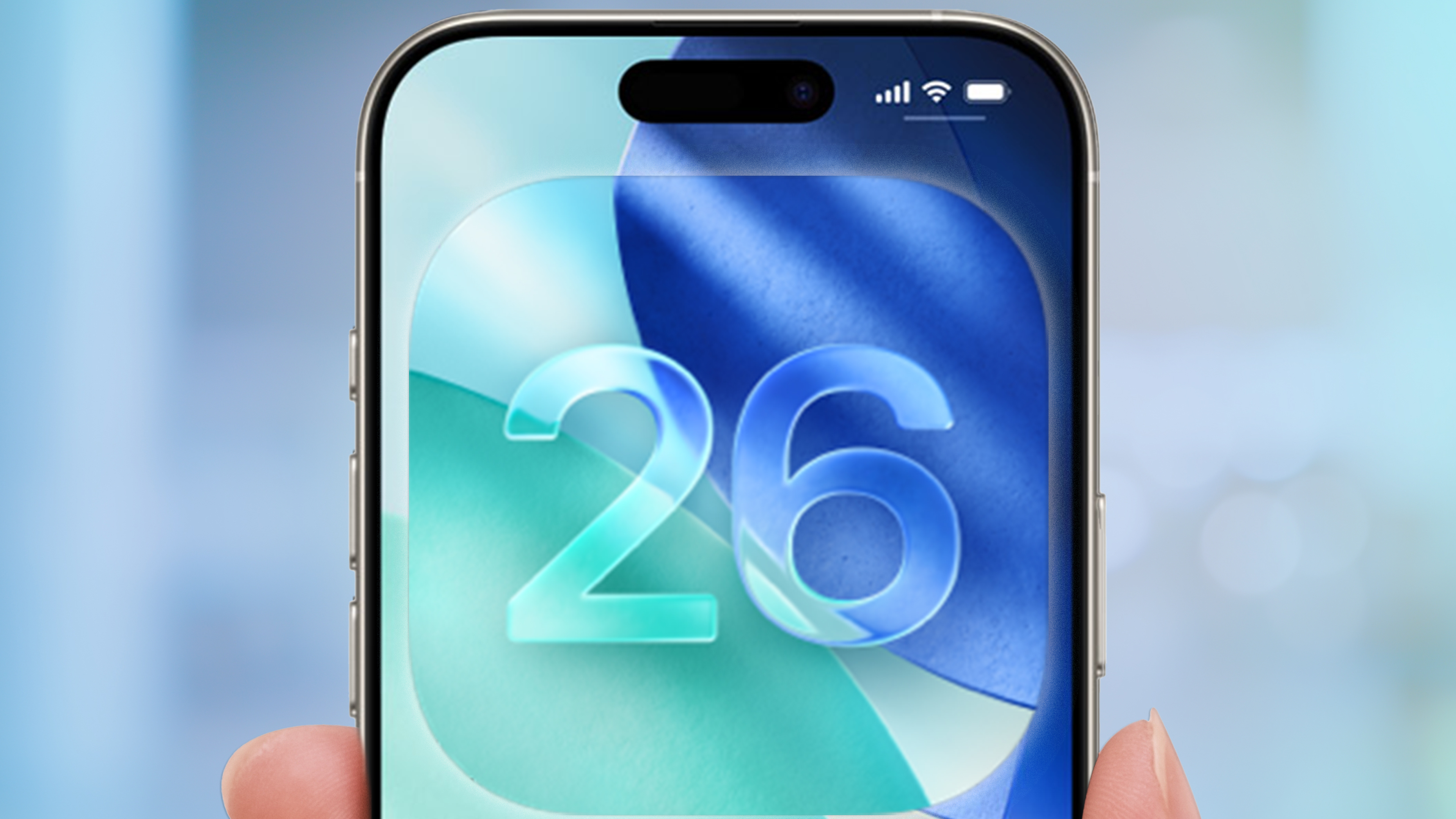5 ways the Samsung Galaxy Buds 4 can revive the series and beat the AirPods
It’s now or never for Samsung’s true wireless series
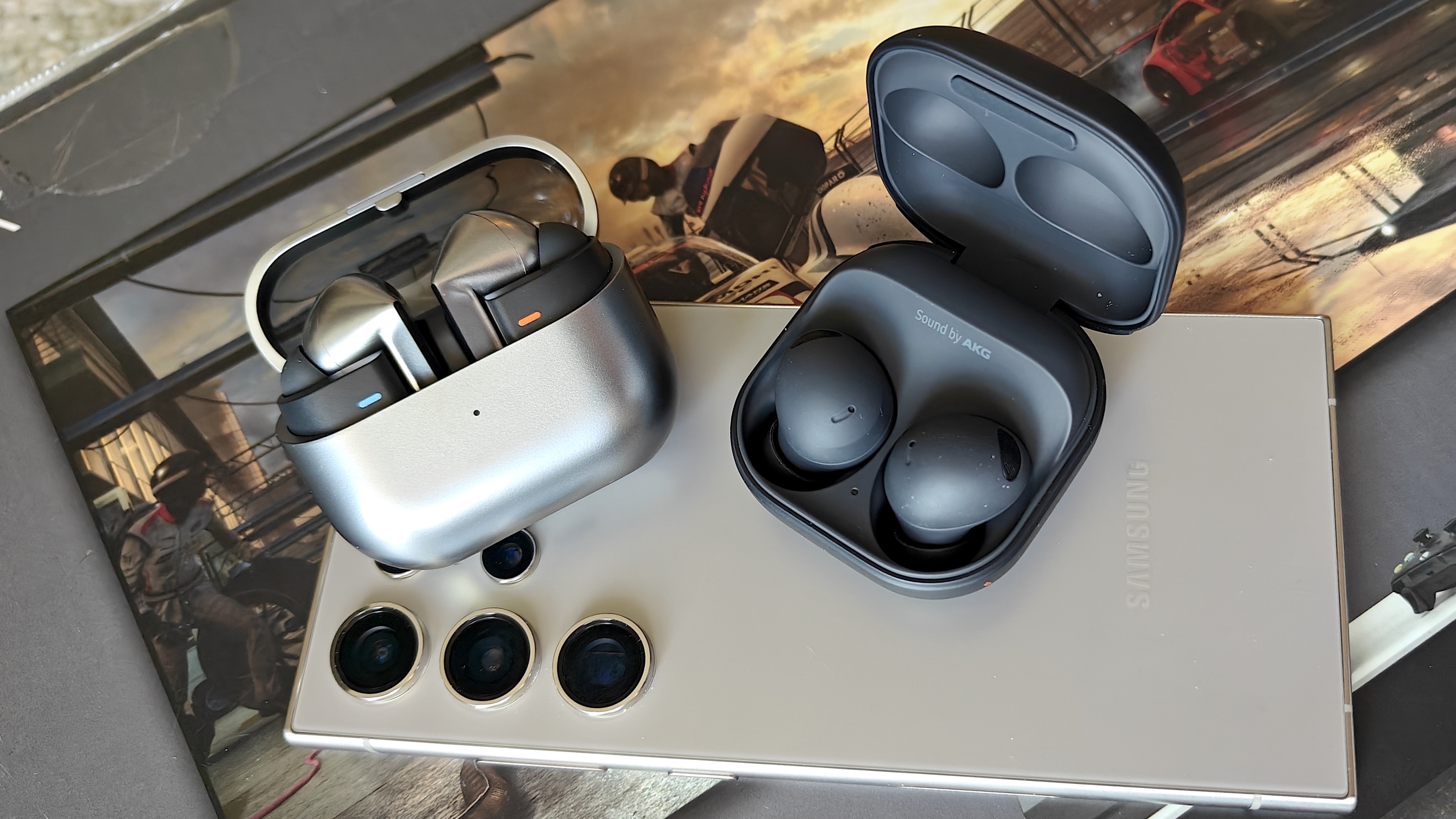
Samsung dropped the ball big time with the Galaxy Buds 3 and Galaxy Buds 3 Pro. The mobile giant’s latest true wireless creations were billed as essential revamps designed to compete with the market’s best wireless earbuds.
The game plan backfired.
Critical reception was mediocre, with reviews ranging from disappointing to moderately good, which doesn’t cut it when facing powerhouses like the AirPods Pro 2 and the category-leading Sony WF-1000XM5.
Our staff writer, Ryan Epps, wrote a favorable review but brought attention to each product’s glaring flaws. Tom’s Guide even compared the Galaxy Buds Pro 3 to the Galaxy Buds 2 Pro and found the predecessor to be superior.
Poor marketing and questionable decisions didn’t help much either. Then again, this has been the case with many of the previous releases in the Galaxy Buds portfolio.
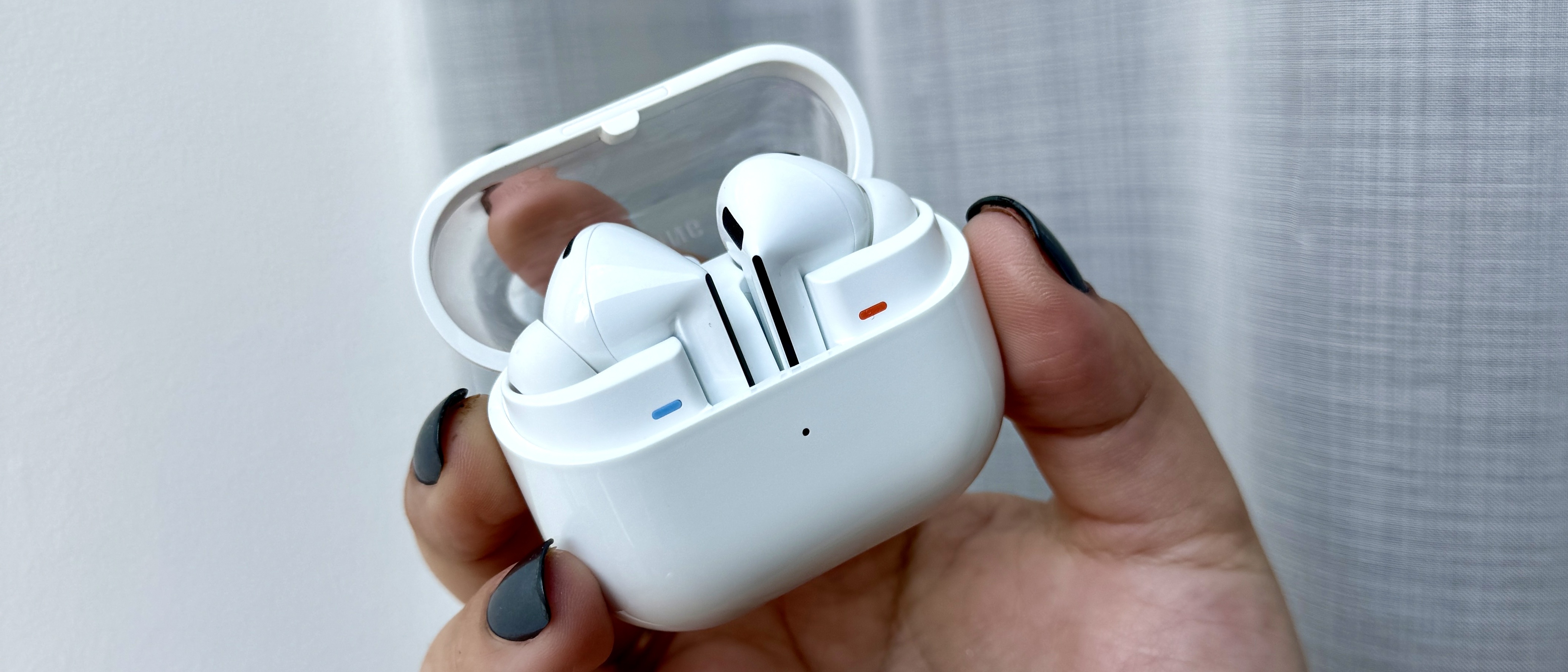
It’s not like Samsung hasn’t put in the effort. At one point, the Galaxy Buds were a credible threat to the AirPods, much like its Galaxy smartphones are to the iPhone.
As time progressed, quality and sales regressed, leaving the Android fanbase to seek out other premium buds or switch to Apple’s mobile ecosystem.
Get instant access to breaking news, the hottest reviews, great deals and helpful tips.
Time is running out for Samsung to regain its footing in the wireless audio space, and if drastic changes aren’t implemented on the Galaxy Buds 4 (currently rumored), the company may pull a Jabra and kill its consumer earbuds business.
I have argued strongly for Jabra to remain in the industry. Samsung could earn my adoration and win back the consuming public if it figured out how to balance creative strategies with crucial basics.
Here are some noteworthy recommendations for Samsung to review if it wants to revive the Galaxy Buds series and defeat key rivals, specifically the AirPods.
The Samsung Galaxy 3 Pro take the fight to the AirPods Pro 2, with good ANC and some extra ANC features. They're the perfect buds for Samsung users, with loads of extra goodies if you're a Galaxy user. Battery life is solid at 7 hours, and they've got a stylish look.
1. Make significant strides in the artificial intelligence game

Samsung followed Google’s lead by giving its two sets of buds the AI treatment. While the results weren’t disastrous, they were far from perfect.
The Pixel Buds Pro 2 are a promising look at the future of AI wireless earbuds, thanks to terrific Google integration and the all-new Gemini AI chatbot, which performs surprisingly well, but is still in the beginner phase.
Samsung’s AI integrations on the Galaxy Buds 3 and Galaxy Buds 3 Pro broaden functionality for Galaxy smartphone owners. However, some of the AI-related features require serious polishing.
The smart voice capture technology needs to be improved when using Bixby voice commands, and the Siren Detect setting in Ambient mode shouldn’t struggle to pick up high-frequency sounds. Interpret mode can also be better for reading and translating foreign languages in real time.
Does Samsung have to develop a more advanced version of ChatGPT? Of course not. It just needs to create a solid Google Gemini alternative that can outsmart Siri.
2. Revert to the original design
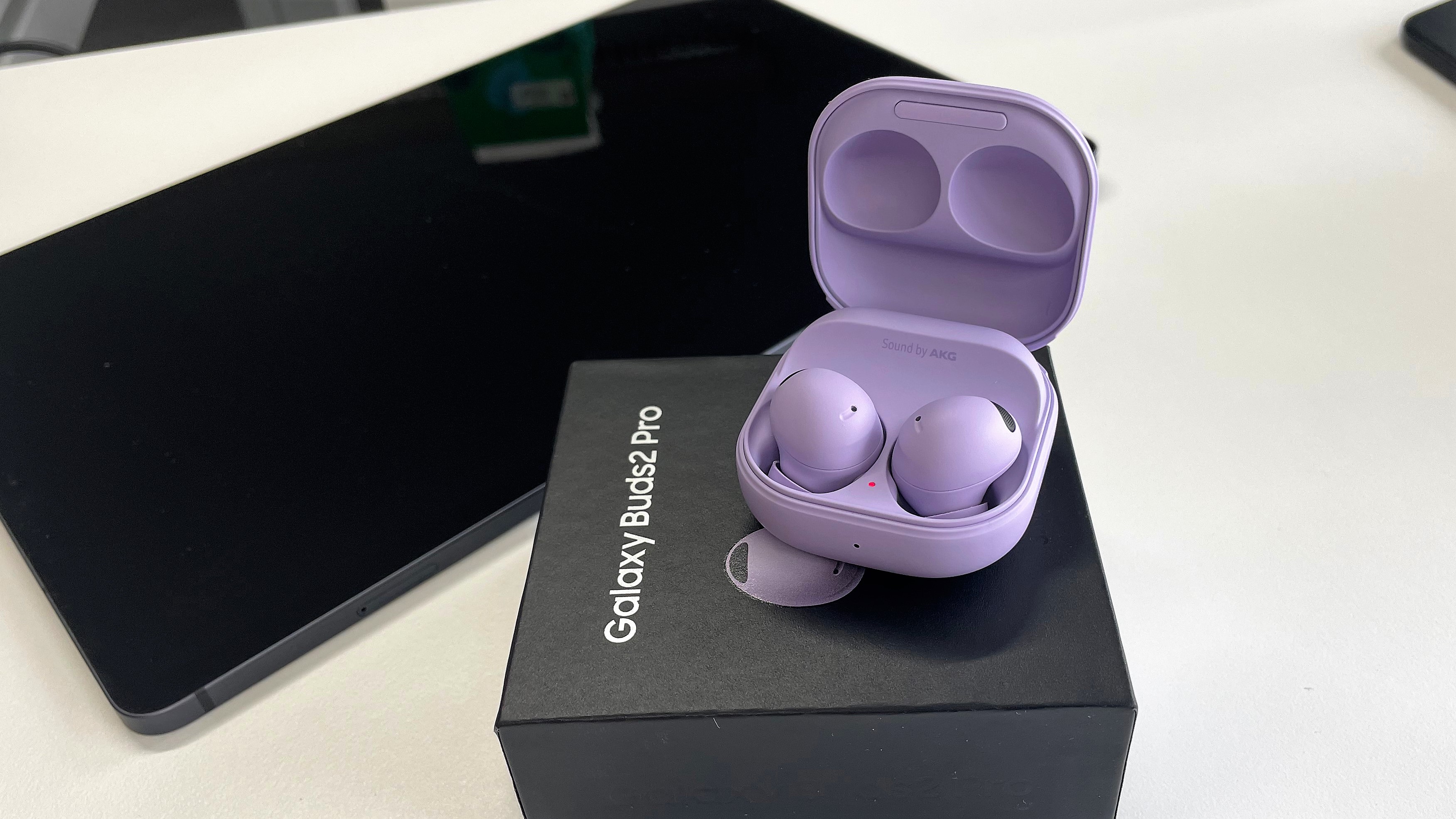
Adopting the AirPods’ design for the Galaxy Buds 3 and Galaxy Buds 3 Pro was not the flex Samsung thought it was.
Certain attributes like the blade-inspired stems with touch-strip volume controls and pinch mechanism garnered intrigue, but the overall execution wasn’t as flawless as the AirPods Pro 2.
Some critics saw this move as an act of desperation from Samsung, joining the countless list of other wireless earbuds makers to jack Apple’s style.
Samsung displayed more innovation when crafting the Galaxy Buds 2 Pro. The buds had a chic and small oval design that provided adaptive comfort. The bundled wireless charging case remains a portable gem and is still one of the smallest in the category.
Touch accuracy was also superb for precise operation. The Galaxy Buds 4 must be more like The Godfather Part 2 than The Godfather Part.3 from a design standpoint.
3. Ditch the mid-range market and stick to flagship offerings
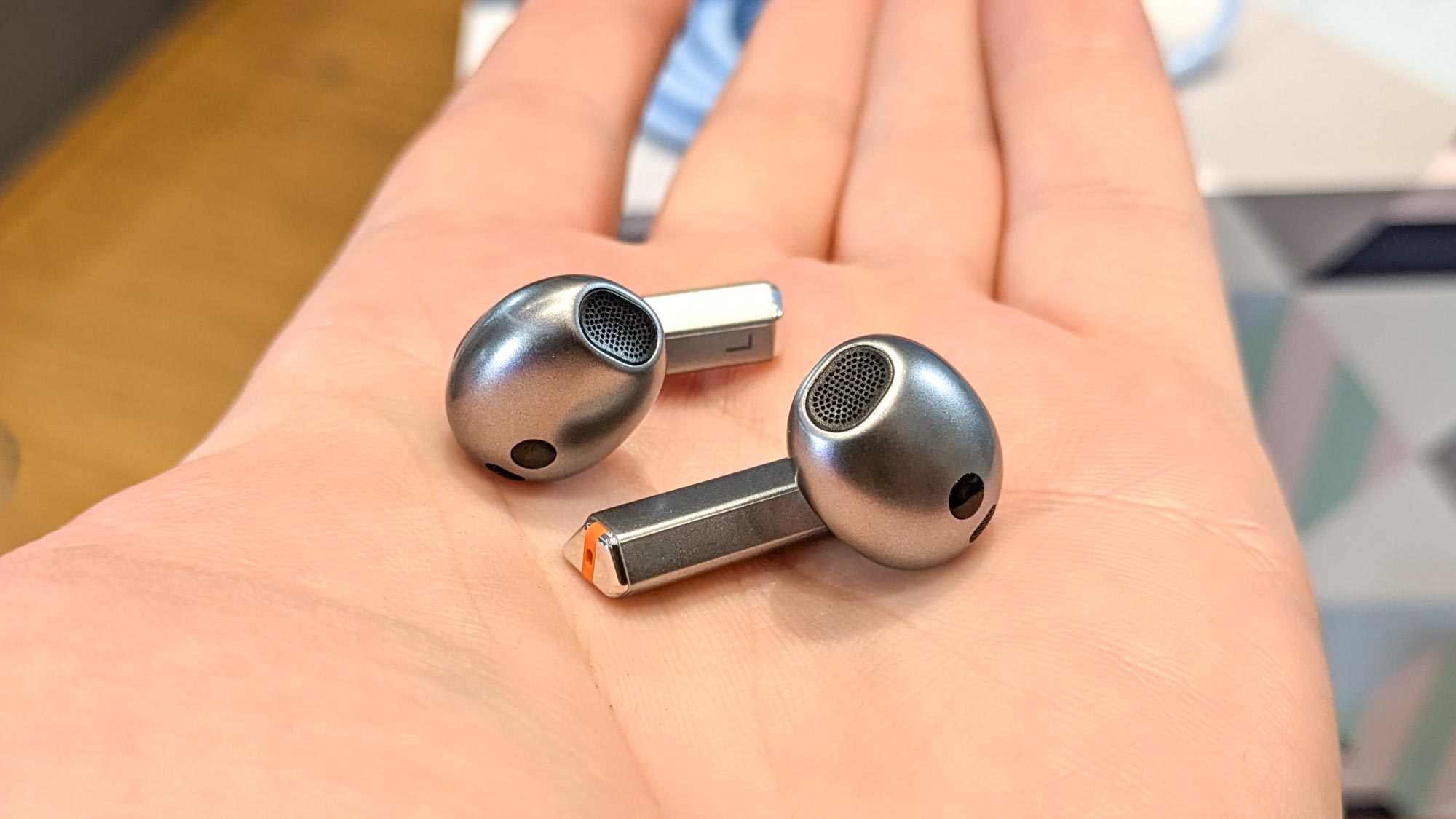
Launching two versions of the third-gen Galaxy Buds at different price points was another Apple strategy Samsung tried replicating. It failed.
Apple put out two versions of the AirPods 4 (one version with ANC), and though these entries still fall below the AirPods Pro 2 in sales, both models have a higher sell rate than the AirPods 3. This is the exception.
Mid-range buds usually don’t sell well because consumers want the absolute best, so they often pay a premium price to receive it.
On top of that, we’re seeing many of the best cheap wireless earbuds offer a feature set similar to the Galaxy Buds 3 and Galaxy Buds 3 Pro, and at a much lower cost. Samsung could save money and resources if it focused solely on a flagship model capable of outperforming high-end options.
4. 360 Audio and SSC (Samsung Scalable Codec) should be accessible to EVERYONE
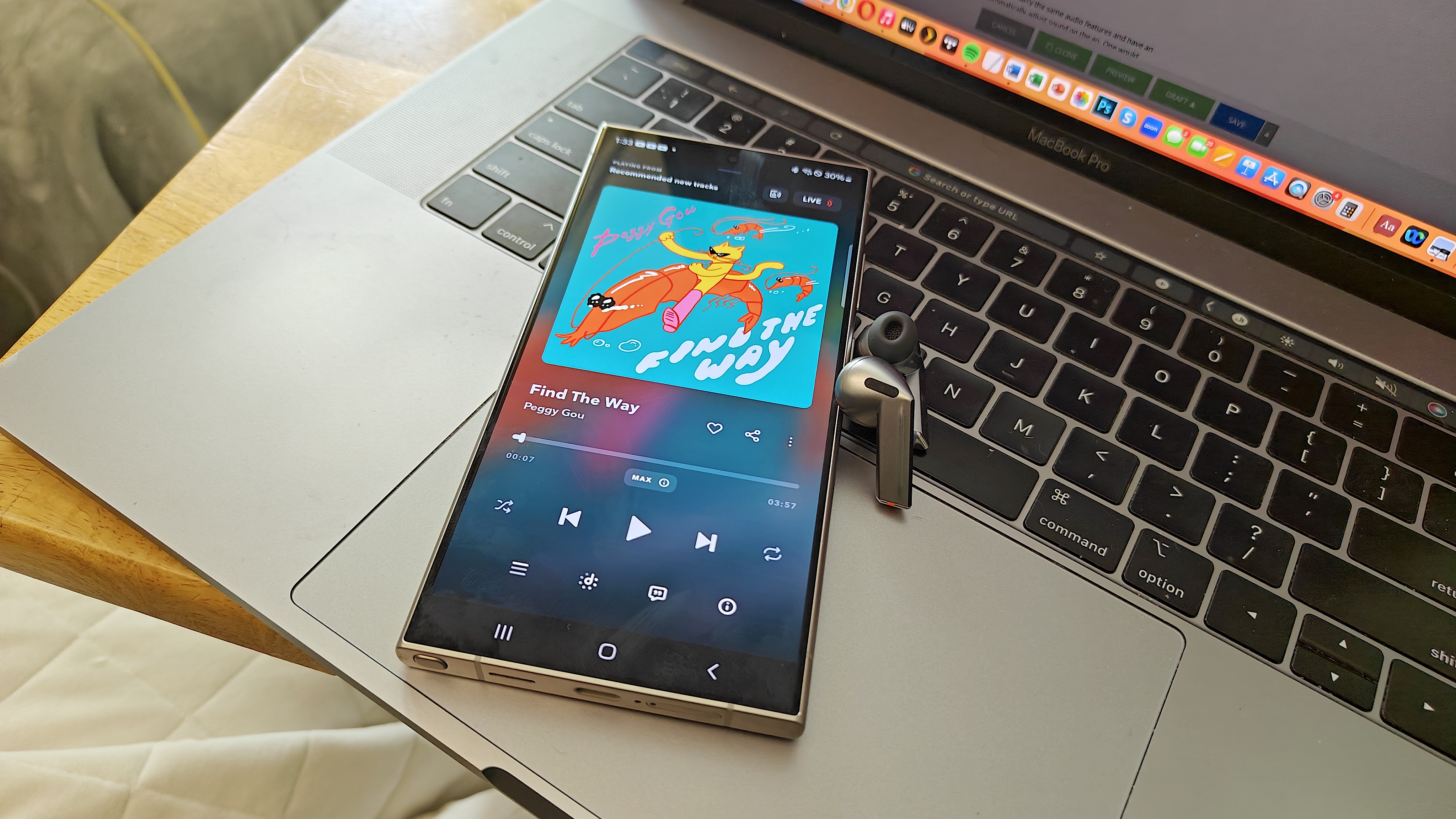
Having Samsung’s proprietary sound technologies restricted to the Galaxy platform is a crime, considering how amazing they sound individually. 360 Audio is the brand’s spatial audio format that enlivens the atmosphere of performances and movies, and it boosts the midrange on music tracks.
SSC is one of the more powerful audio codecs out there that adjusts bitrate dynamically from 88kbps to 512kbps for fuller sound and higher fidelity on the best music streaming services.
It’s just unfortunate that you have to pair Samsung’s buds with a current Galaxy smartphone to experience such sonic vibrance.
I get that it’s all a strategy to keep Samsung users tied to the Samsung ecosystem. Apple uses the same playbook. But if Google is willing to make its spatial audio feature on current Pixel smartphones compatible with all headphones and earbuds, Samsung must figure out how to optimize its audio features on the Galaxy Buds 4 to work with all iOS/macOS and Android devices. This would be groundbreaking!
5. Drop. The. Price!

I’ve said this repeatedly about all AirPods alternatives not bearing the Bose or Sony insignia — they must be sold at a generously lower MSRP if they want to stand a chance.
Apple set the standard price for luxury wireless earbuds when selling the original AirPods Pro for $249. As much as Samsung likes to think that its flagship buds are better than Apple’s buds, the truth is they aren’t, nor are they worth the same asking price. Sorry.
The Galaxy Buds 4 should retail between $150 to $200. That’s the only way these buds can be financially competitive. We see the AirPods Pro 2 on sale almost every other week; you can find them for as low as $169 on Amazon. What other choice is there?
Samsung is infamous for discounting its newest true wireless models just weeks after release, so the odds of scoring the Galaxy Buds 4 for cheaper than their launch price are very high.
We don’t know what that price will be. Neither does Samsung, due to the current economic state and tariff fiasco occurring globally. Whatever numbers are plastered next to the dollar sign must be enticing, otherwise, the Galaxy Buds 4 are DOA.
More from Tom's Guide
A lifestyle journalist with an affinity for consumer products, Alex has over a decade of experience and has worked with popular publications such as Complex, Thrillist, Men’s Health, Gear Patrol, AskMen, and Hoop Magazine. He currently focuses on audio, reviewing the most coveted headphones in the market for both Tom’s Guide and Laptop Magazine.
You must confirm your public display name before commenting
Please logout and then login again, you will then be prompted to enter your display name.
